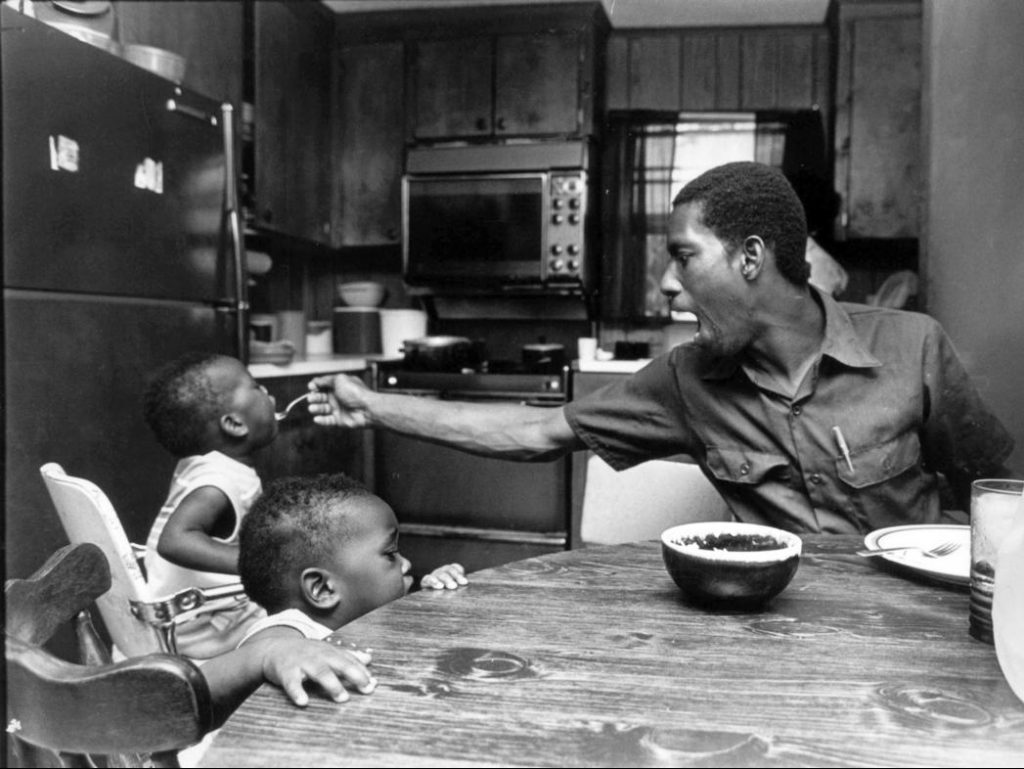The discourse around the $2,000 survival check proposal has me slowly losing my mind and making me wonder if I am somehow the crazy one.
On the macro questions, opponents can’t figure out whether the checks are going to generate a spending binge that juices aggregate demand too much or going to be largely saved putting too little upward pressure on aggregate demand. Both claims can’t be true, but that doesn’t stop them from being used, sometimes interchangeably, to reach the same conclusion about the need to kill the survival check proposal.
On the distributive questions, the opposition is even more deranged, and appears to be taking its cues, not from any kind of principled analysis of the mechanics of the proposal, but rather from how the proposal is being framed. If you actually look at what the proposal says, it largely looks like an improved version of existing tax credit programs that are mostly celebrated, including by many of the same people opposing the survival checks.
To understand this point, let’s take a step back and look at the particulars of the survival check program. The program promises to pay $2,000 to every child and adult who lives in a tax unit with an adjusted gross income (AGI) that is below $75,000 (single filer), $112,500 (head of household filer), or $150,000 (married filer). Any income beyond those thresholds reduces the benefit by 5 cents per dollar.
To understand how fine this tax credit proposal is, it helps to first logically sever the proposal into four sub-proposals. Subject to the phase-out discussed above, the four sub-proposals are as follows:
- $2,000 per child to every family with children.
- $2,000 per adult to every family with children.
- $2,000 per adult to every family without children that has an AGI below $30,000 (single), $45,000 (head of household), $60,000 (married).
- $2,000 per adult to every family without children that has an AGI between $30,000 and $75,000 (single), $45,000 and $112,500 (head of household), and $60,000 and $150,000 (married).
The first sub-proposal simply describes the existing Child Tax Credit (CTC) with the only differences being that it (1) includes all of the poor (the CTC does not) and (2) excludes more of the rich (the existing CTC phases out at $200,000 for single filers and $400,000 for married filers). The existing CTC receives nearly universal acclaim and making the existing CTC larger and more refundable is something most discourse participants, even many conservative ones, has claimed support for. Indeed, in 2014, Republican Senators Marco Rubio and Mike Lee notably introduced a bill to create a $3,500 Child Tax Credit.
If you combine the first and second sub-proposal, what you see is yet again a CTC-like program with the only differences being that it (1) includes all of the poor, (2) excludes more of the rich, and (3) provides more benefits for the first child than for every child beyond the first. Notably feature (3) is present in the Earned Income Tax Credit (EITC), another widely acclaimed proposal that is essentially just a second CTC program.
Indeed, the combined first and second sub-proposals provide very similar benefits to the existing EITC. Under these combined sub-proposals, a single mother with one child receives $4,000. With two children, it’s $6,000. With three, it’s $8,000. Under the EITC, the same mother is eligible for a maximum credit of $3,618, $5,980, and $6,728 respectively. So just as sub-proposal one is, standing alone, just a more inclusive version of the existing CTC, the combined first and second sub-proposals are just a more inclusive version of the existing EITC and CTC.
For sub-proposals three and four, all I have done is taken the childless tax units and divided them into a lower-income group (sub-proposal three) and higher-income group (sub-proposal four). The reason I have done this is because, under the prevailing discourse, the problem presented with the $2,000 check is not that it provides benefits to childless tax units but rather that it provides benefits to higher-income people. Under the logic of this argument, sub-proposal three (or something similar to it, perhaps with a different phase-out thresholds) is acceptable because it is for lower-income individuals.
So after all of this, what we are left with is sub-proposal four, which provides the $2,000 checks to childless tax units with middling-to-high income. It still excludes the richest childless tax units as it starts phasing out at $75,000 (single filer) and $150,000 (married filer). But it nevertheless includes a wedge of childless tax units that are not low income. Assuming you think better and more poor-inclusive versions of the CTC and EITC are fine (sub-proposals one and two) and that a one-off payment to low-income childless adults in the middle of a pandemic is fine (sub-proposal three), the only thing remaining of the objection is this wedge of moderate-to-high income childless adults (sub-proposal four).
To my mind, in the middle of a pandemic in which we are also interested at some point in having people loaded up with enough cash to bring consumption back to pre-recession levels, this wedge does not bother me. If it does bother you a lot, then it could easily be gotten rid of. In no scenario would it ever make sense to say the kinds of extreme things about this proposal that have circulated mostly unopposed in the discourse.

